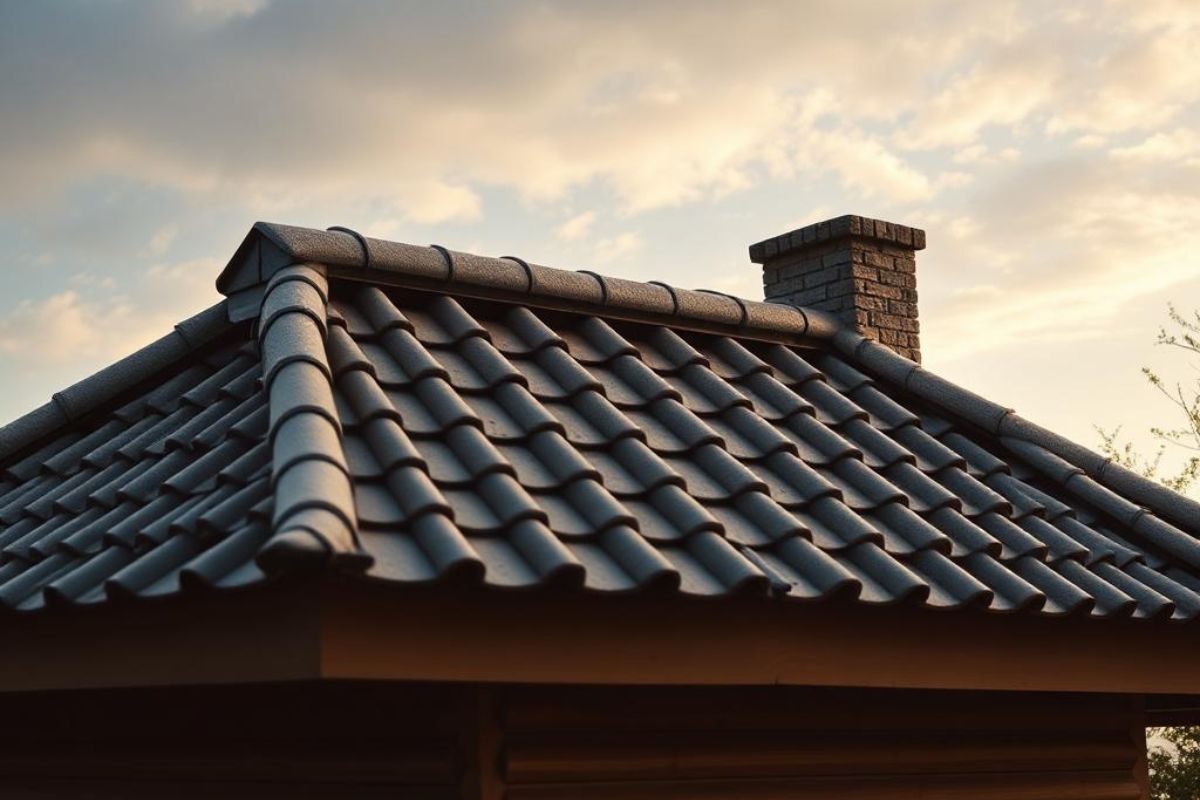It's a design philosophy that transforms a mere room into a serene oasis. But what makes Scandinavian design so enchanting? How do its key elements harmoniously blend to create spaces that are not just beautiful, but also improve well-being?
Let's start on this journey and uncover the secrets behind this revered interior design style.
The Philosophy Behind Scandinavian Design
Diving into the heart of Scandinavian design, you'll find a philosophy deeply rooted in simplicity, functionality, and a profound respect for nature. This philosophy isn't a fleeting trend.
Rather, it's a lifestyle choice that's deeply ingrained in the culture of Scandinavia, reflecting their respect for the environment and a desire for spaces that are both beautiful and practical.
Delving deeper, you'll notice that simplicity in Scandinavian design doesn't mean lack of detail. It's about making each element count. Every piece of furniture, every color choice, every pattern is carefully curated to create a unified whole where nothing feels out of place or excessive. You're not just designing a room, you're crafting an experience.
Functionality, too, is key. You'll see that form often follows function, with a strong emphasis on ergonomics, comfort, and usability. It's not just about creating a beautiful space, but also one that's truly liveable.
Respect for nature is evident in the use of sustainable and natural materials like wood, wool, and leather. It's about creating a space that feels organic, where elements of the outside world are brought in to harmonize your home with the natural world.
Importance of Natural Light
Often, in Scandinavian interior design, natural light is seen as an essential element, illuminating the space and casting a warm, inviting glow on the carefully chosen furniture and decor.
It's not just about aesthetics though; it's a reflection of the Scandinavian lifestyle, prioritizing harmony with nature and maximizing the use of sunlight during the shorter winter days.
Imagine yourself in a Scandinavian-styled home. You'll notice the large windows, often left unadorned or with light, sheer curtains. This design choice, beyond being visually appealing, is a strategic decision to let in as much sunlight as possible.
The ample natural light then bounces off the typically white walls, further brightening the space and creating an airy, open environment. It's not simply about lighting a room; it's about generating an atmosphere of serenity and calm.
The use of natural light in Scandinavian design also reinforces principles of sustainability and eco-friendliness. By relying heavily on sunlight, there's less need for artificial lighting, leading to energy conservation.
So, embracing natural light isn't just about creating visually stunning spaces, it's about living a lifestyle that's in tune with nature and mindful of the environment.
Minimalist Color Palette
Venturing into the world of color, you'll find that Scandinavian interior design favors a minimalist palette that primarily revolves around neutral, calming hues. This isn't just a sign of preference; it's a deeply ingrained element of the regional aesthetic that's rooted in an appreciation for simplicity and serenity.
The palette typically includes shades of white, grey, and black, interspersed with soft, muted tones of blue, green, and sometimes earthy browns. White, in particular, is a key player, often used as the base color to reflect light and create a sense of openness and purity. But don't be mistaken into thinking that this limited color scheme is boring. Instead, it's a reflection of the Scandinavian belief that less is truly more.
The minimalist palette doesn't mean absence of color, but rather a careful, thoughtful application of it. Colors are chosen not just for their visual appeal, but for the emotions they evoke, the atmosphere they create. The aim is to achieve a harmonious blend that's not just aesthetically pleasing, but also psychologically comforting.
You could say that the Scandinavian color palette is as much about feeling good as it's about looking good.
Functional Furniture in Scandinavian Interiors
Moving from the calming hues of the color palette, let's explore the functionality and simplicity of furniture in Scandinavian interiors. You'll find that the furniture is no-frills, seamlessly blending into the environment while providing maximum utility. It's all about clean lines, natural materials, and a focus on practicality.
Consider the classic Scandinavian dining table: it's often made from light-colored wood, with a sleek, pared-down design. It's not just a place to eat, it's also a workspace, a gathering spot, a place to create and connect. Each piece is thoughtfully designed, with a clear purpose in mind.
Take a look at the seating options too. Chairs, sofas, and benches aren't just for sitting—they're designed for living. They're spacious, comfortable, and simple, but also visually appealing. Imagine curling up with a book on a cold day, or having a cozy chat with a friend.
And let's not forget about storage solutions. Scandinavian design respects your need for space and decluttering, offering stylish cabinets, shelves, and sideboards. These pieces are functional, but they're also part of the room's aesthetic. They help create a sense of order and tranquility, which is the essence of Scandinavian design.
Embracing Nature in Decor
In Scandinavian interiors, you'll notice a profound reverence for nature, manifested in their use of organic materials and the inclusion of greenery in decor. This isn't simply a stylistic choice; it's a reflection of the Nordic people's deep-rooted respect and love for the natural world.
From wooden furniture to plant accents, they've devised ways to bring the outdoors in. You'll often see timber flooring, adding an earthy touch, while also providing warmth during the harsh winters. Wood types reflect the local availability, typically pine, birch, or oak, each lending a unique character to the space.
Moreover, they don't shy away from large windows, allowing an abundance of natural light to pour inside. This not only illuminates the room but also creates an illusion of spaciousness, a key feature of Scandinavian design.
Greenery is another staple in Nordic homes. Indoor plants, such as the fiddle leaf fig or snake plant, are a common sight. They add a fresh, lively touch while also improving air quality.
This acceptance of nature goes beyond aesthetics. It's about creating a harmonious environment that promotes well-being, tranquility, and a sense of connection to the earth. It's a philosophy deeply ingrained in Scandinavian design.
.jpg)
The Role of Textures and Layers
As you explore further into Scandinavian design, you'll find that textures and layers play a pivotal role in creating depth and warmth in the otherwise minimalist interiors. These elements serve as visual tools, breaking up the monotony of the neutral color palette typically associated with this aesthetic.
Consider, for instance, a Scandinavian living room. The furniture pieces may be minimalist, but a plush, high-pile rug underfoot introduces textural variance. The tactile experience of walking barefoot on the rug, contrasting with the smooth hardwood floor, is quintessential to the Scandinavian ethos.
Similarly, layering plays a significant role in adding comfort. It's not uncommon to find a cozy throw draped over a sleek leather sofa or a scattering of cushions in varying tactile qualities. These layers, often in muted tones, create a sense of coziness without detracting from the overall minimalist design.
Besides, textures and layers aren't limited to soft furnishings. Natural elements like wood and stone are also used to introduce texture, often with their natural characteristics left exposed for added depth. The delicate interplay between these various textures and layers is key to achieving the warmth and homey feel that epitomizes Scandinavian design.
The Art of Scandinavian Simplicity
Diving into the heart of Scandinavian design, you'll discover that the art of simplicity isn't just about minimalism, but it's also a thoughtful process of eliminating clutter and focusing on functionality without sacrificing aesthetics. It's about finding balance between form and function, creating spaces that aren't only visually appealing but also practical and comfortable.
In Scandinavian design, every piece of furniture or accessory has a purpose. There's no room for unnecessary items or decorative fluff. Instead, the focus is on selecting pieces that serve a function while also contributing to the overall aesthetic of the space. You'll find clean lines, natural materials, and neutral colors, all contributing to a sense of calm and tranquility.
The art of Scandinavian simplicity also extends to the layout of spaces. You won't find excessive furniture or overdone designs. Instead, rooms are designed with plenty of open space, allowing for easy movement and a sense of spaciousness. This approach to design not only creates a visually pleasing space, but also contributes to an overall sense of well-being and contentment.
In essence, the art of Scandinavian simplicity is a design philosophy that values quality over quantity, functionality over frivolity, and beauty in simplicity.
Transforming Spaces With Scandinavian Design
With a firm grasp of the art of Scandinavian simplicity, you're now ready to transform your own spaces using this distinctive design approach. The first step? Embrace minimalism. Clear out clutter and unnecessary items, creating a clean slate for your design vision. By doing so, you're not just creating room for furniture and decor, but you're also allowing space for your thoughts to breathe.
Next, consider your color palette. Scandinavian design typically leans toward soothing, neutral tones. Think whites, grays, and pastels, which reflect the region's wintry landscapes. These hues also help to brighten your space during shorter, darker days.
Don't forget to incorporate natural elements, such as wood and plants. The former gives a warm, earthy touch, while the latter adds life and freshness. These elements are essential in achieving a balance between simplicity and coziness, a key aspect of Scandinavian design.
Conclusion
In embracing Scandinavian design, you're not just redecorating; you're adopting a lifestyle that values simplicity, functionality, and nature.
It's all about bathing your space in natural light, using a minimalist color palette, and choosing functional furnishings.
Incorporating natural elements and textures adds depth and warmth.
By embodying Scandinavian simplicity, you're creating a serene environment that promotes well-being, proving that less truly can be more.






Share: